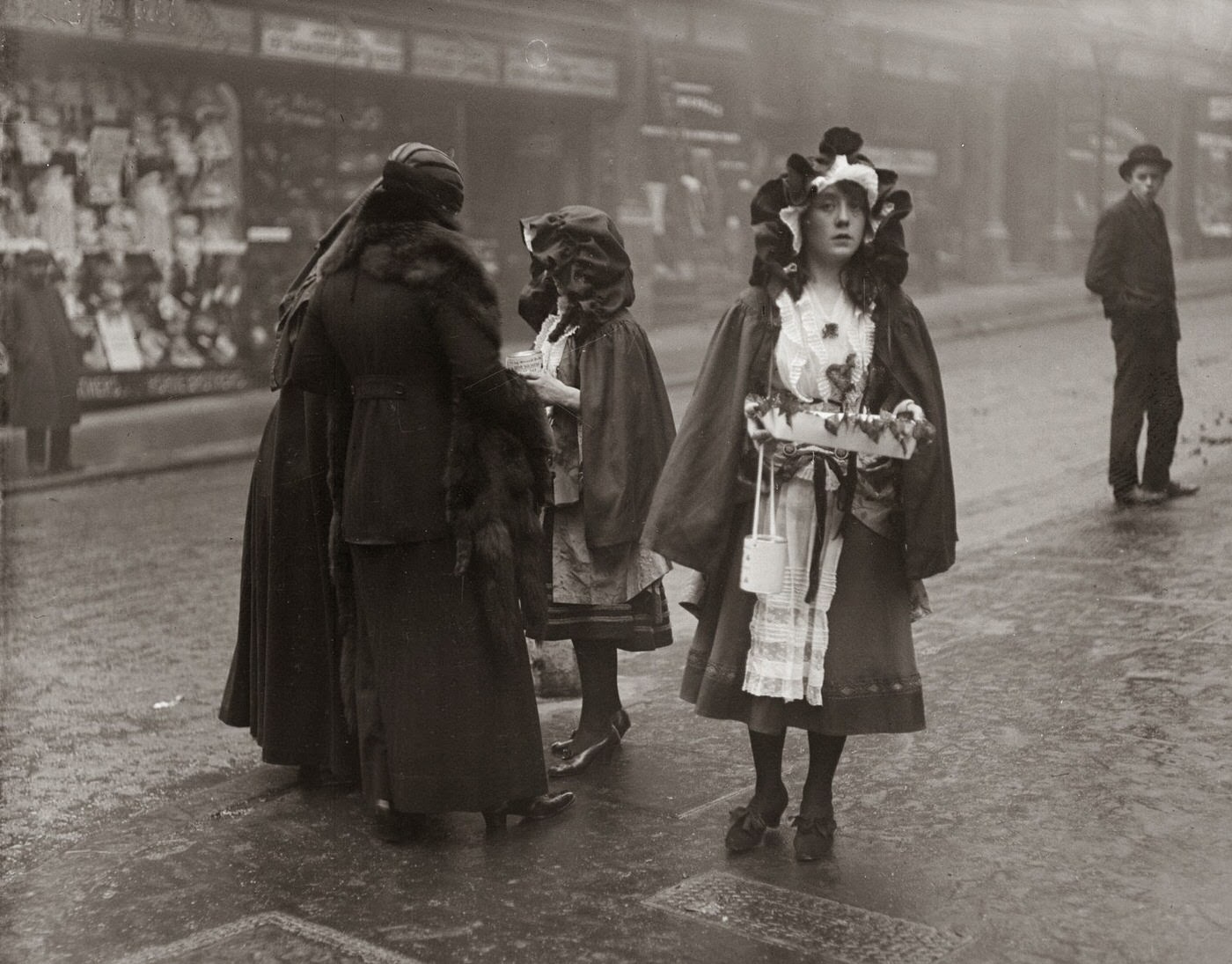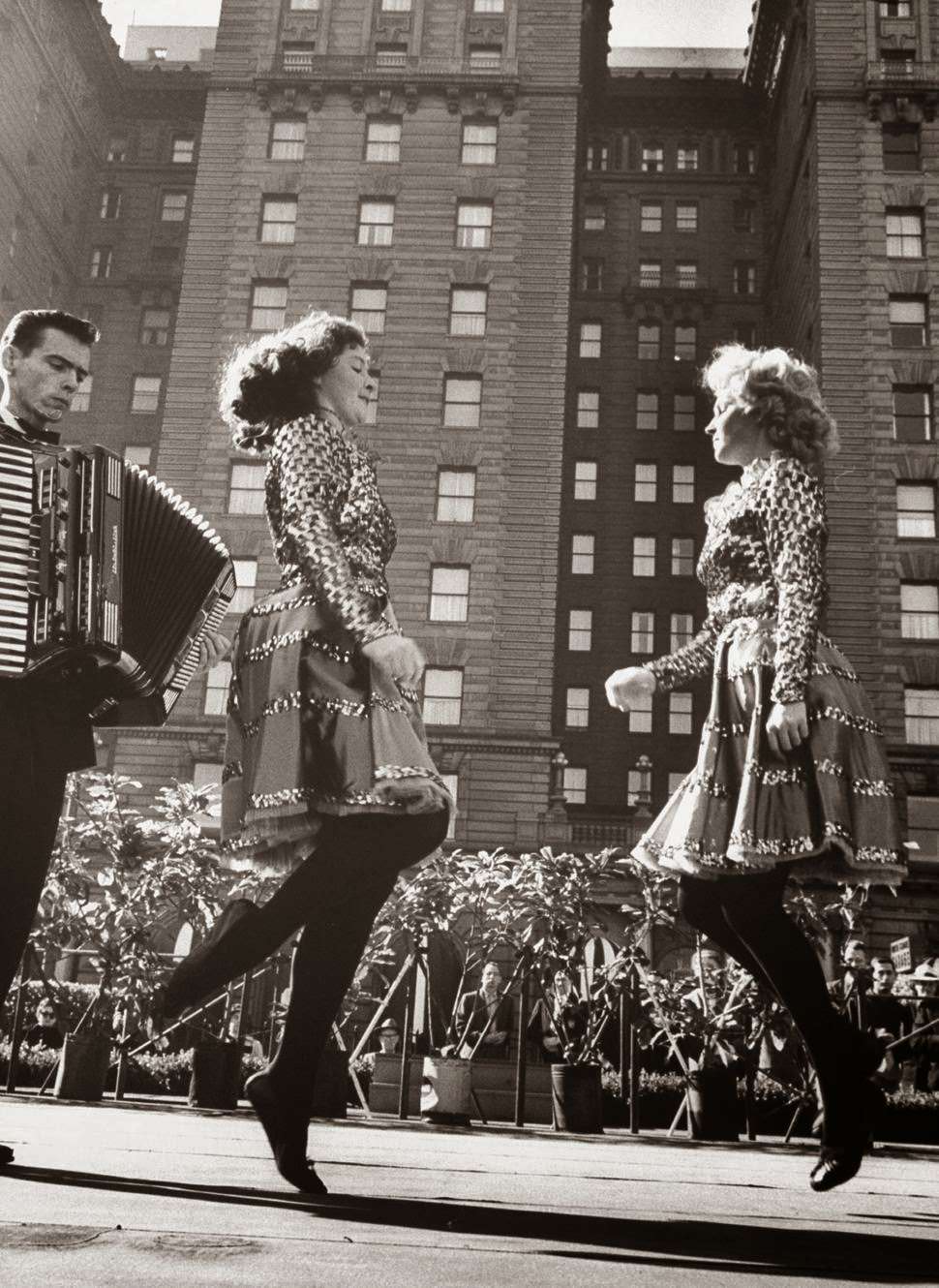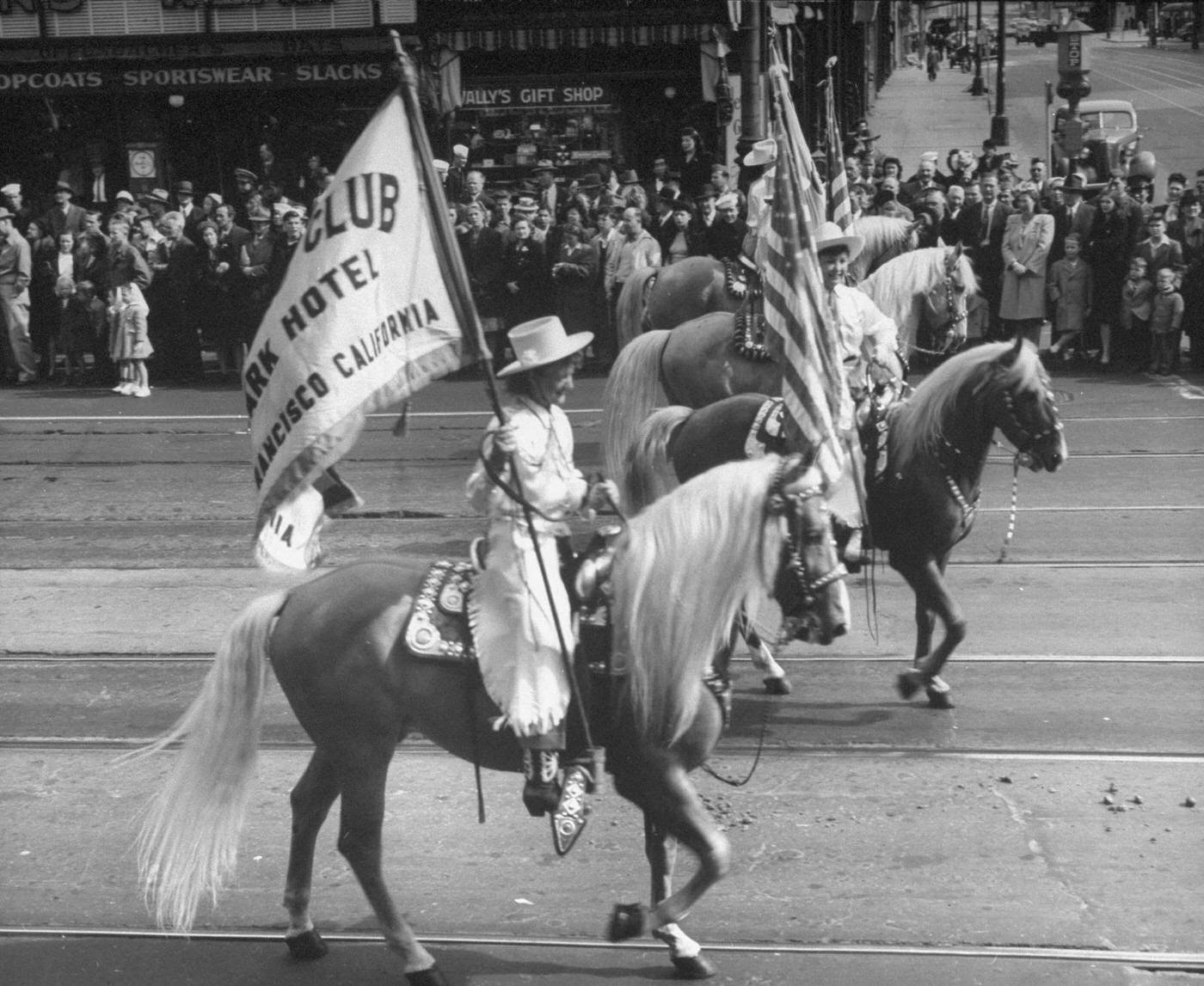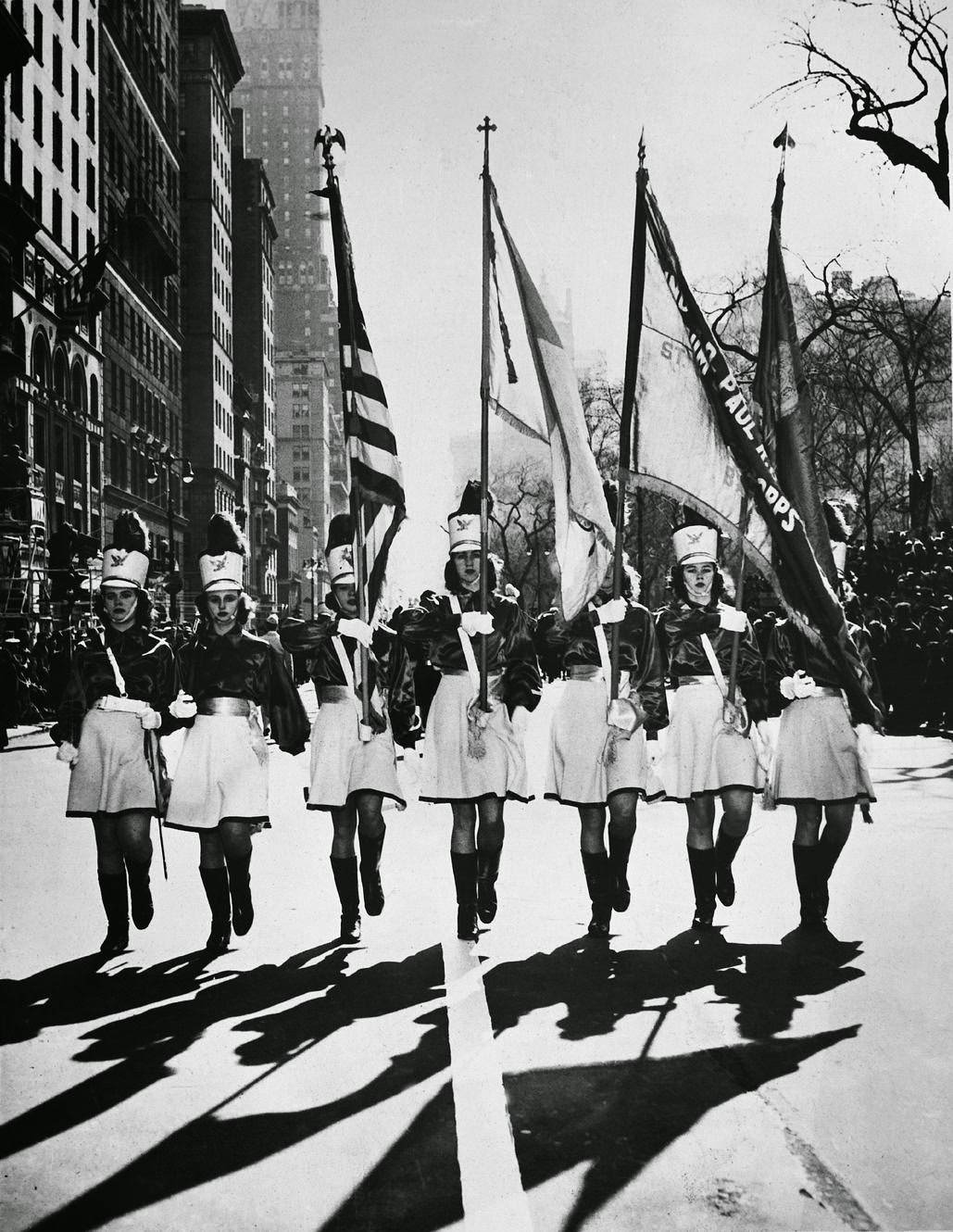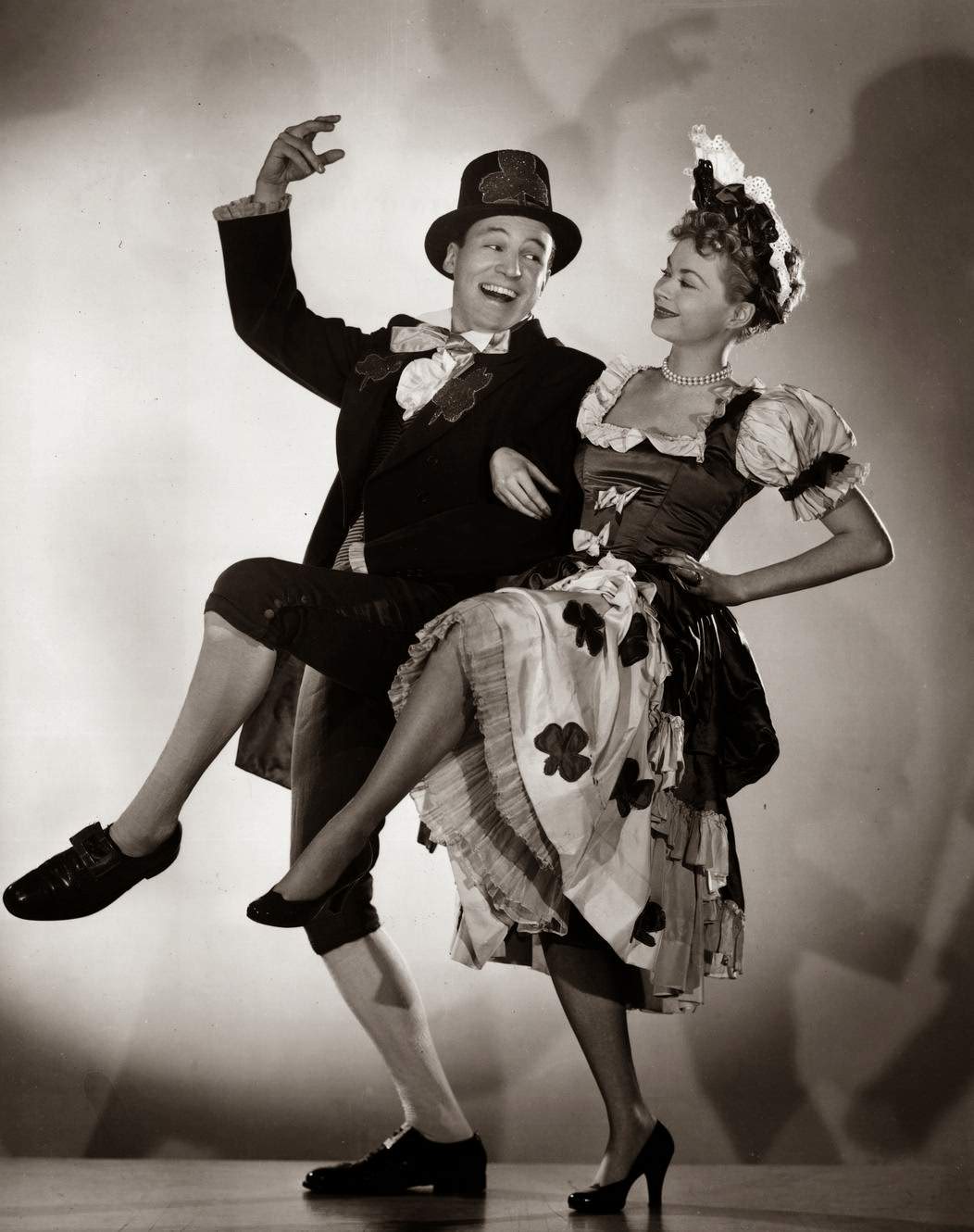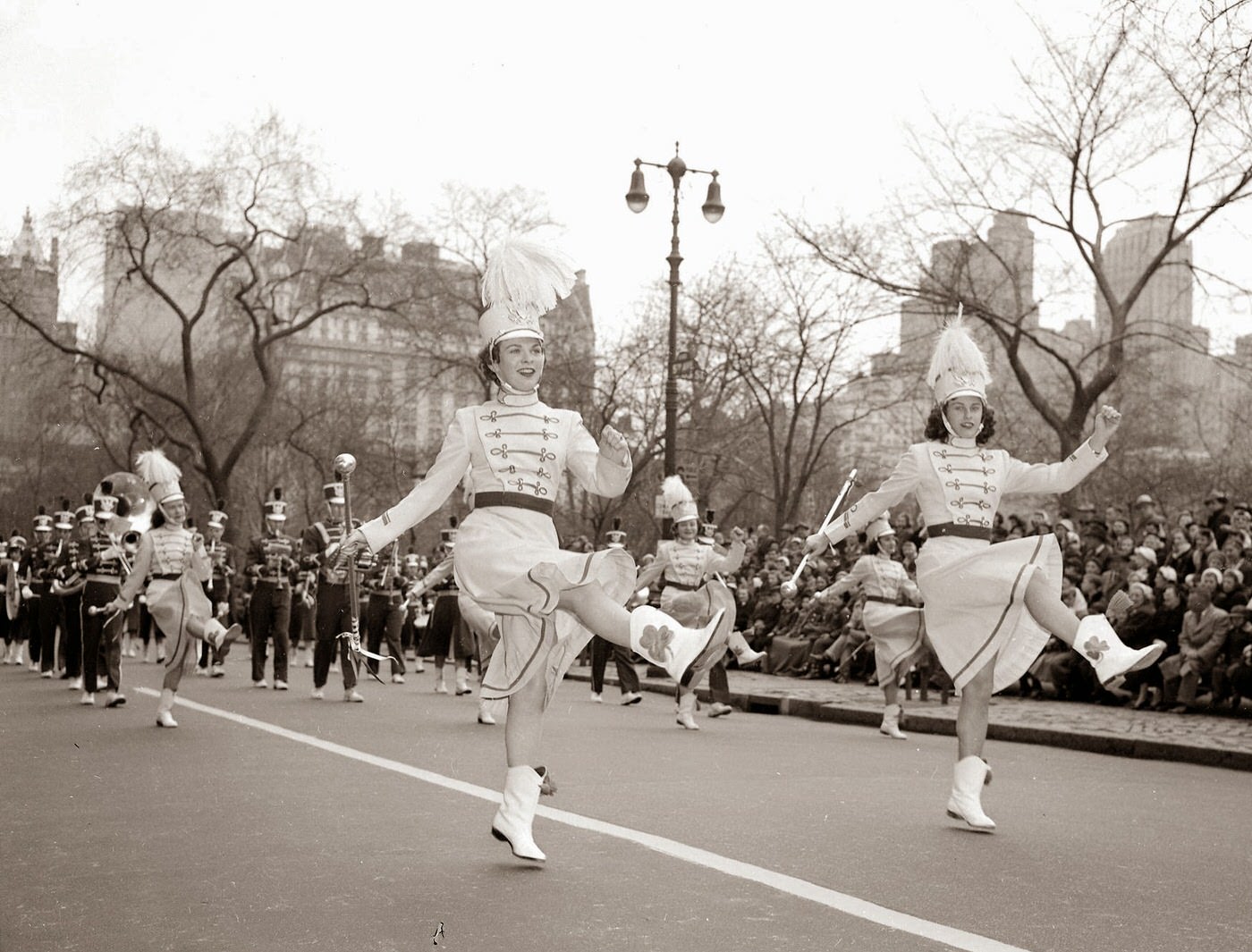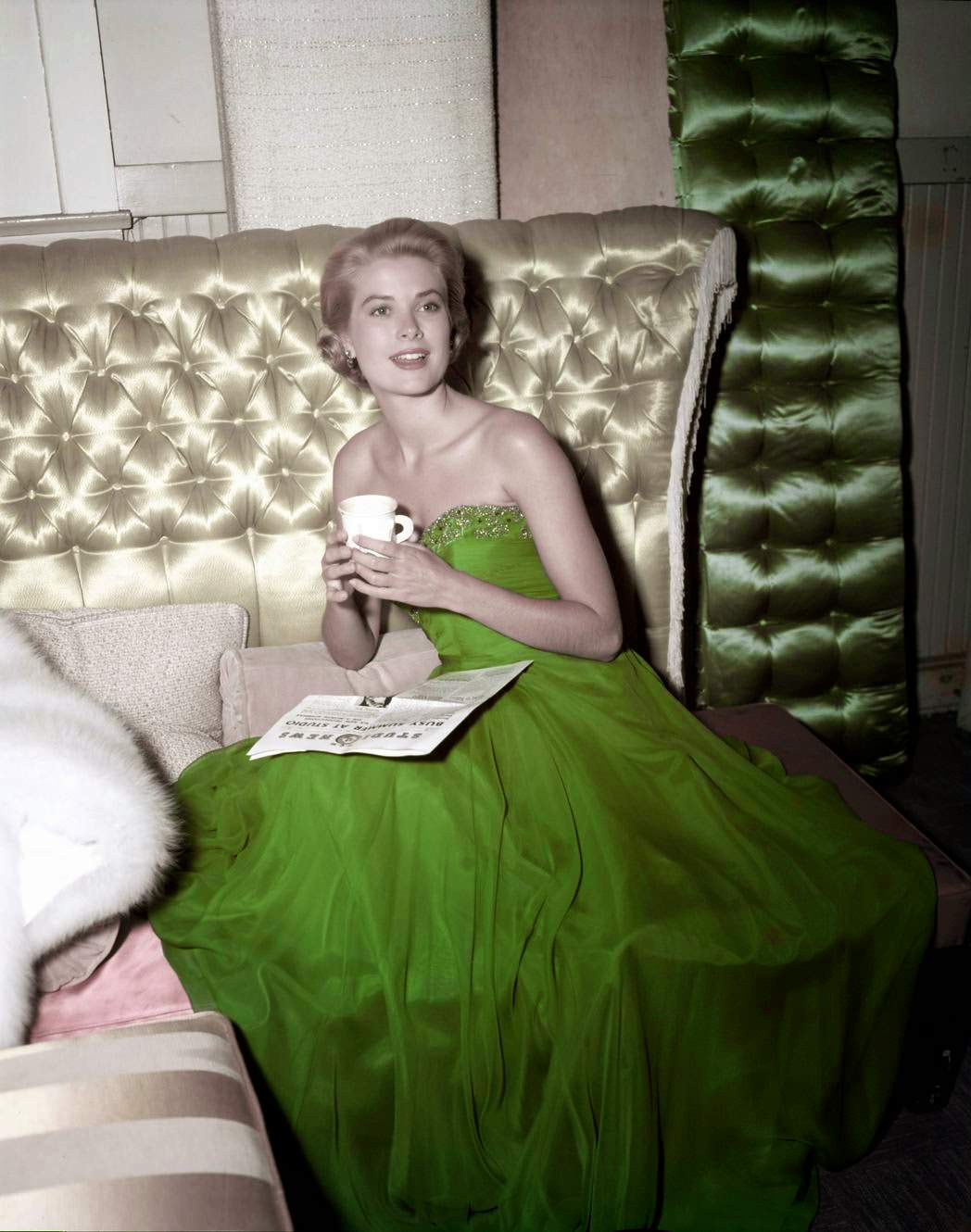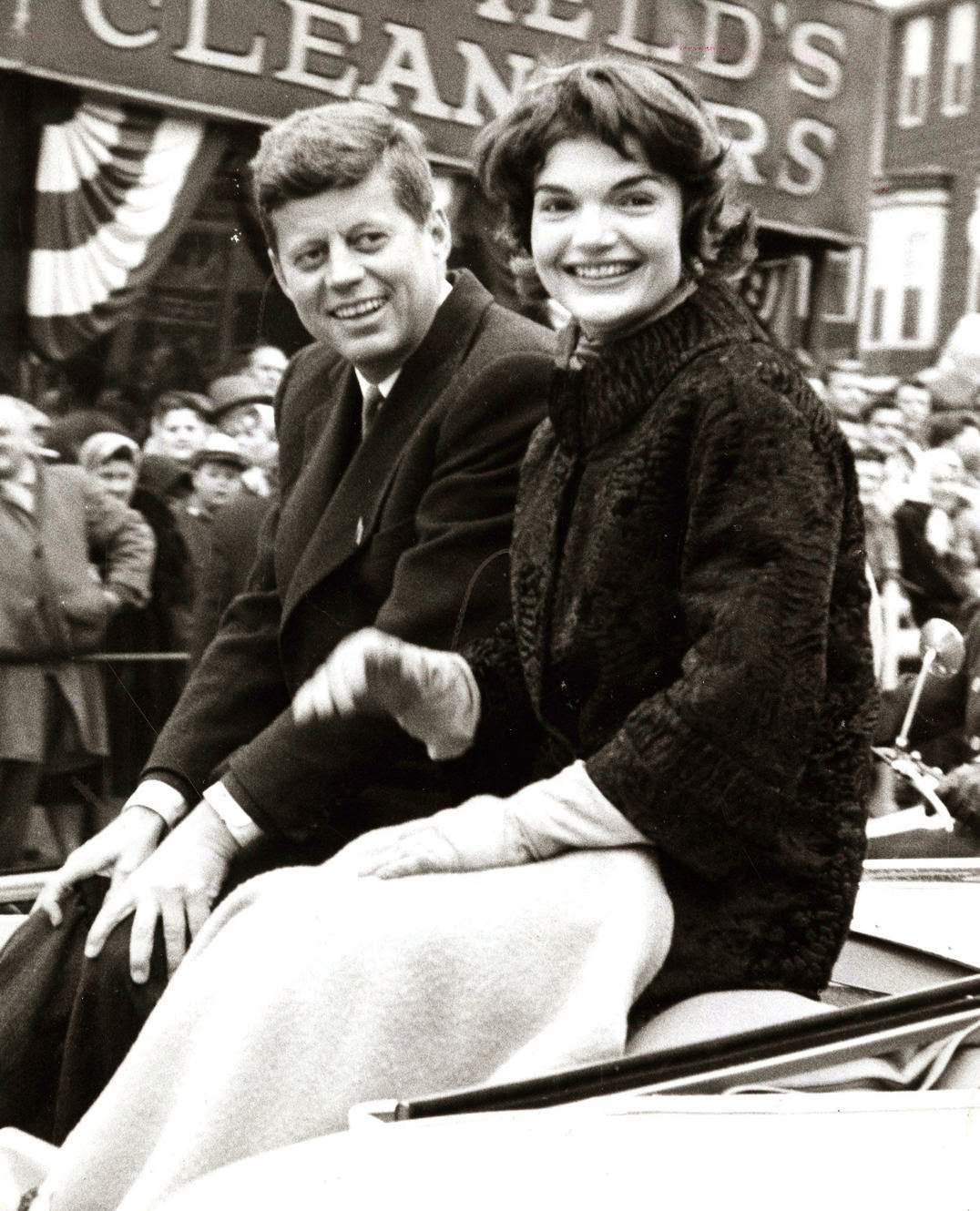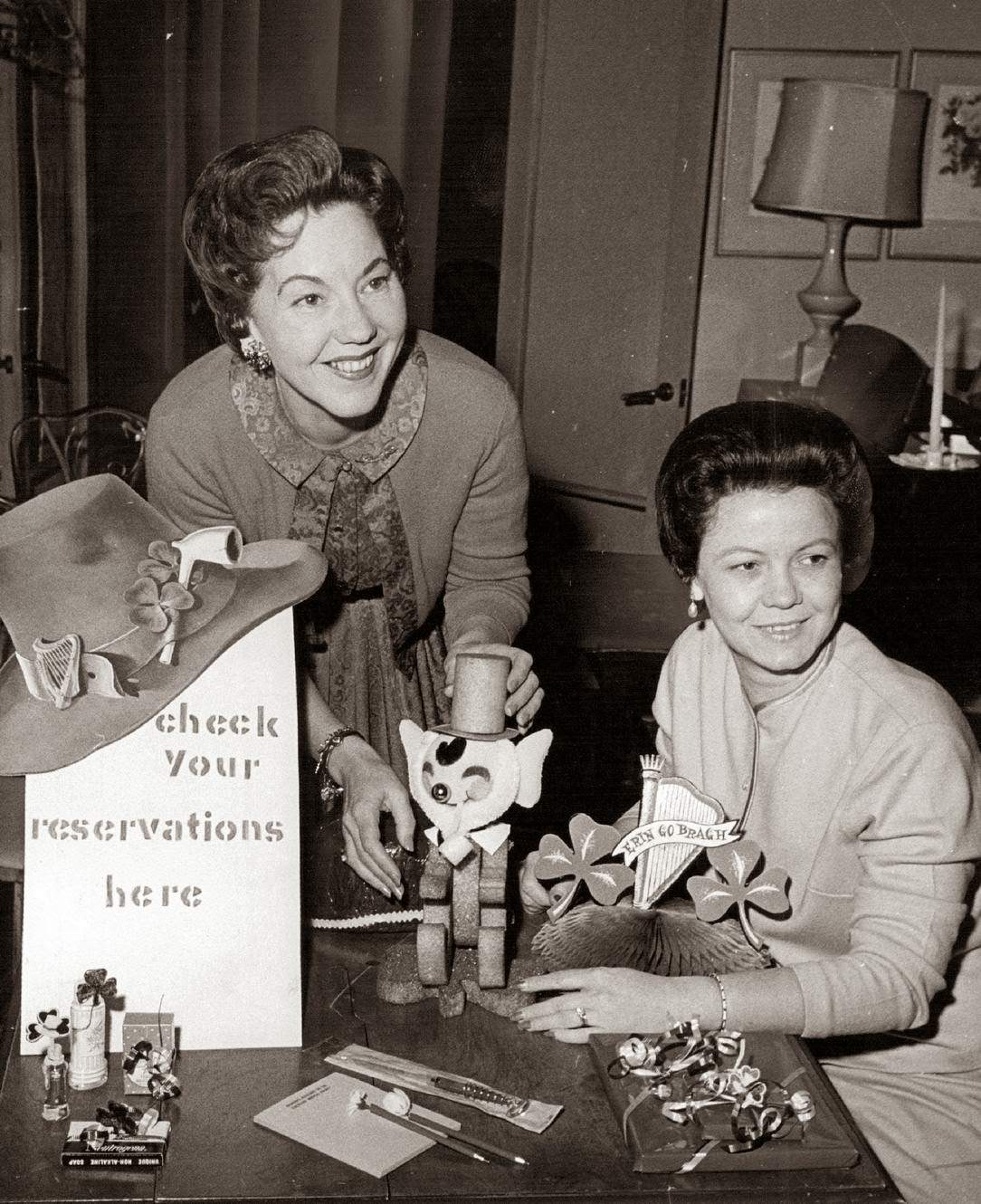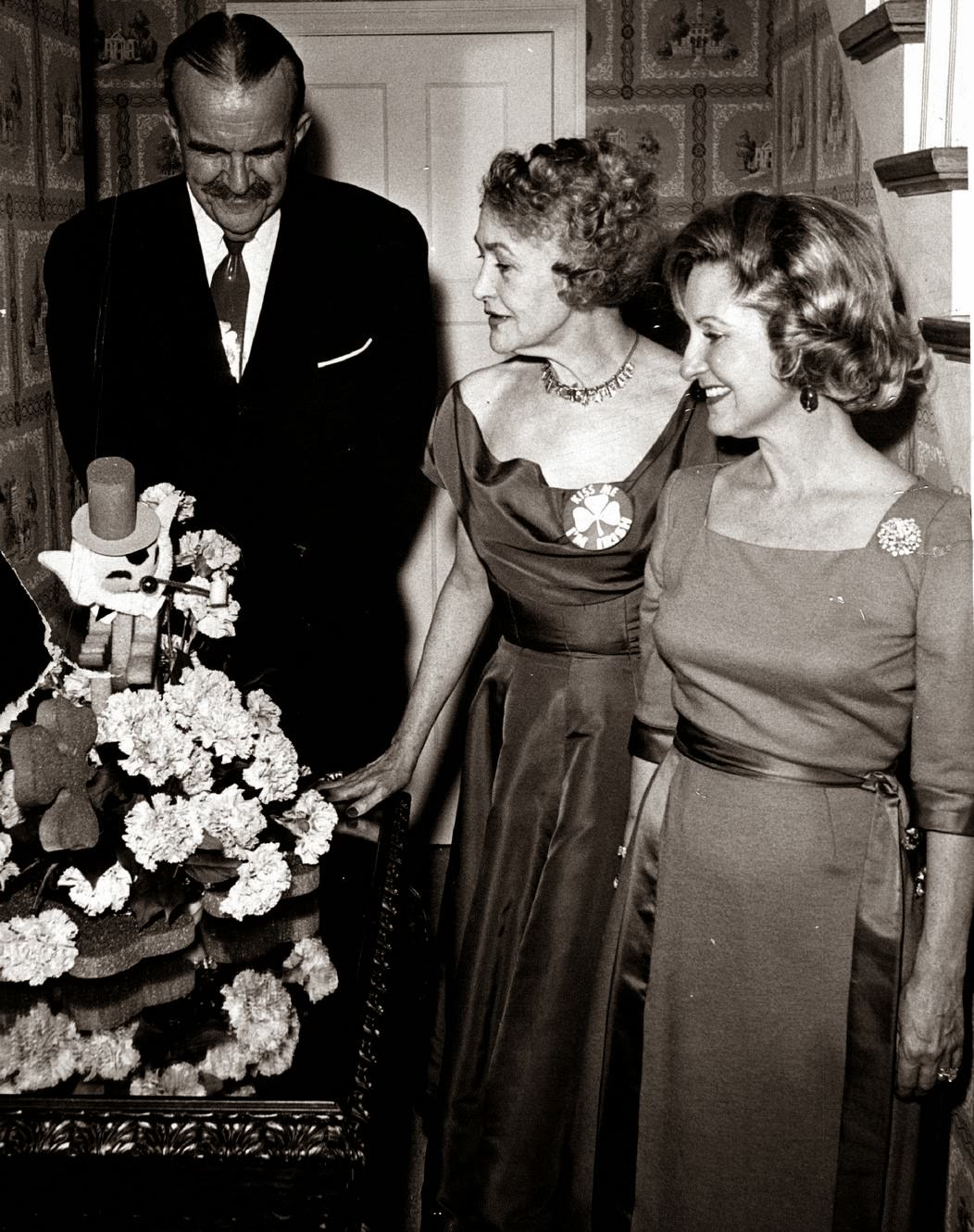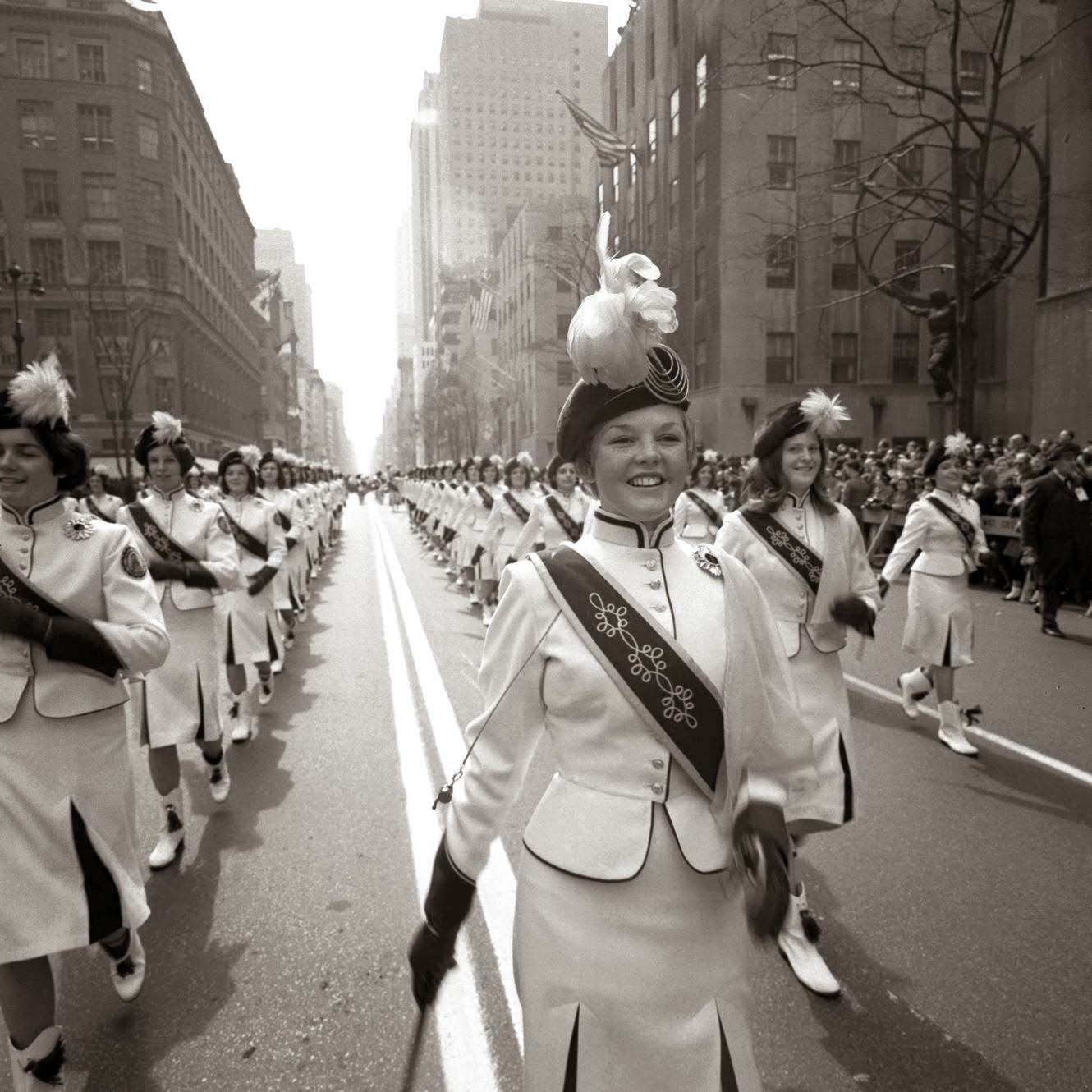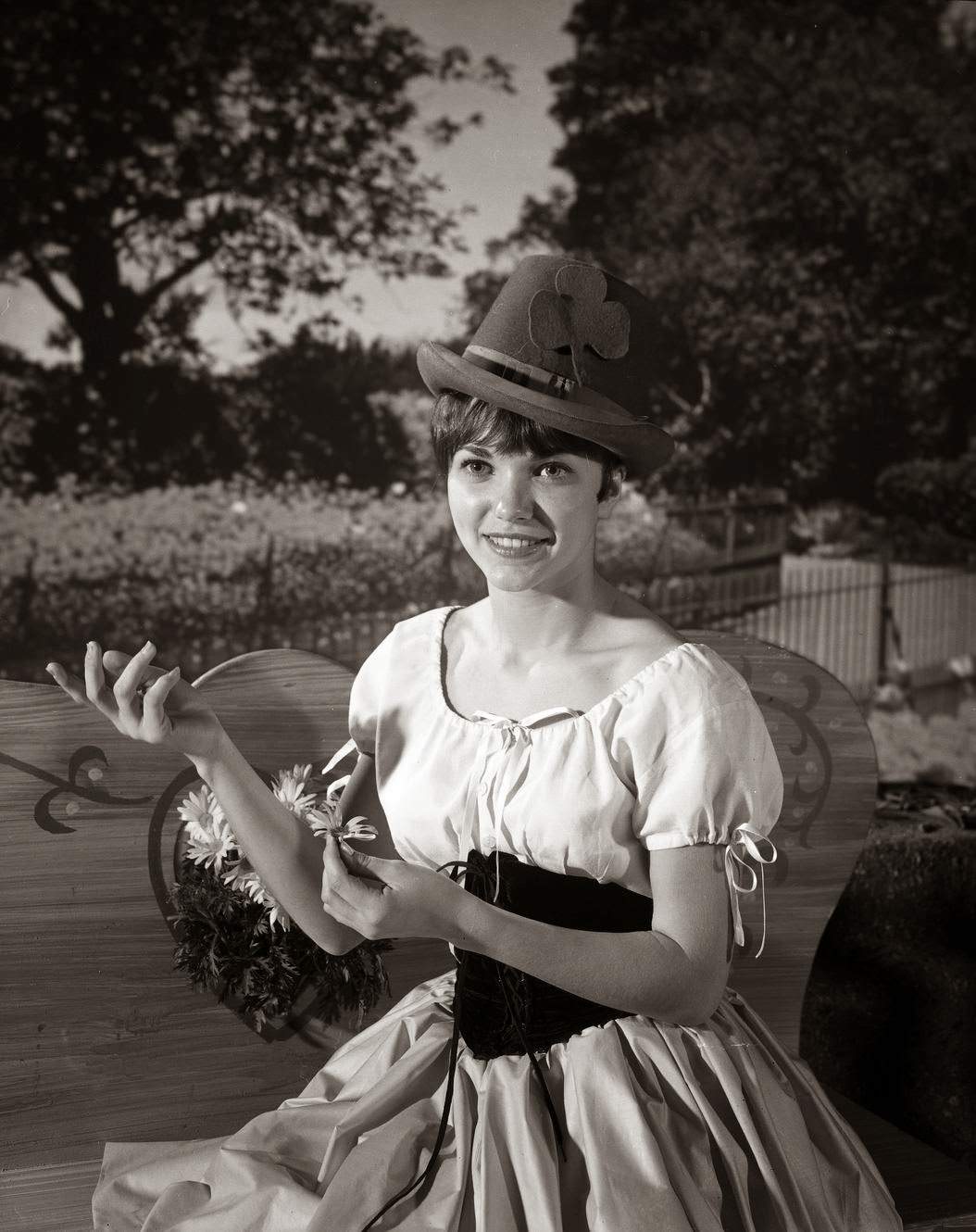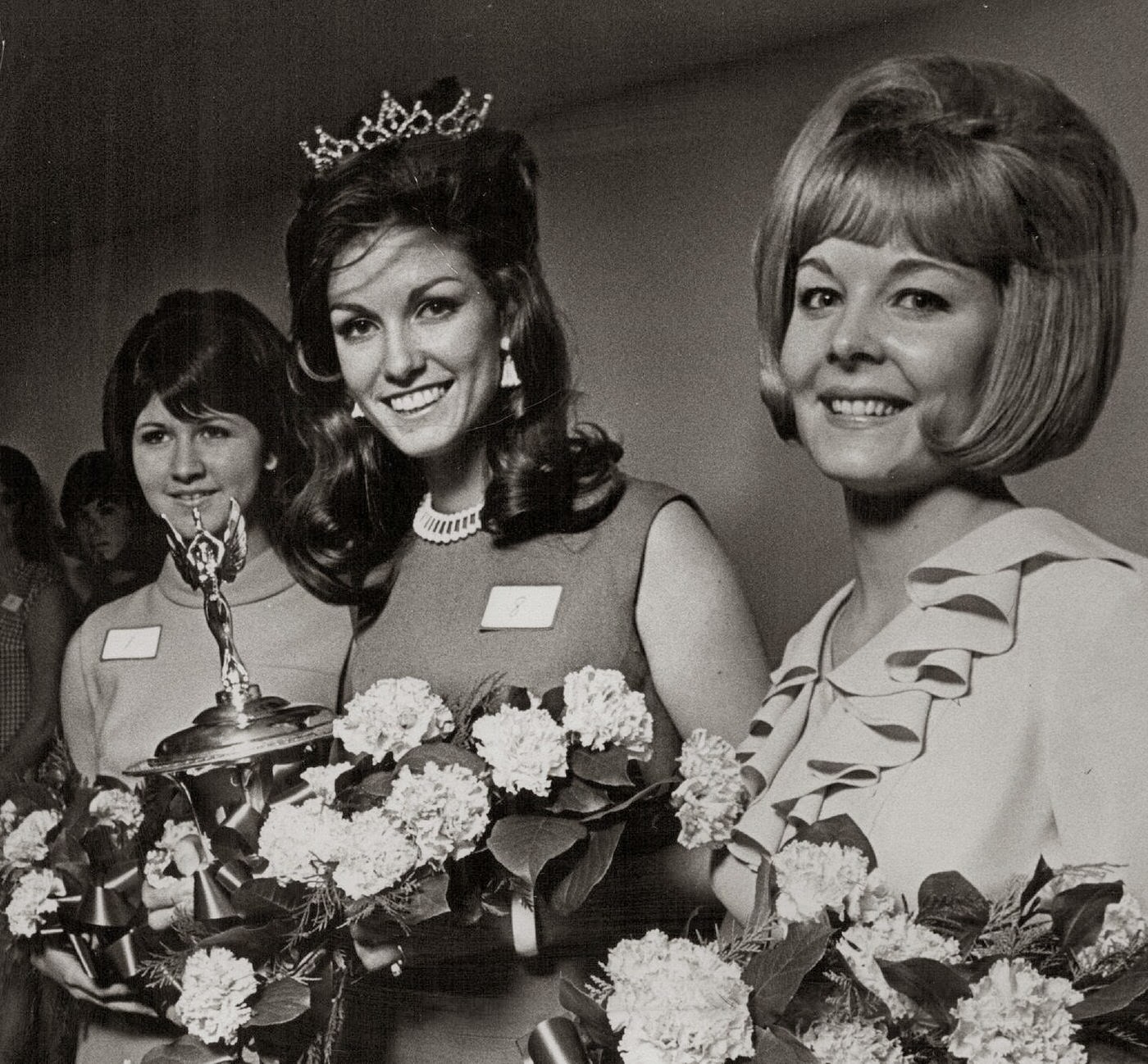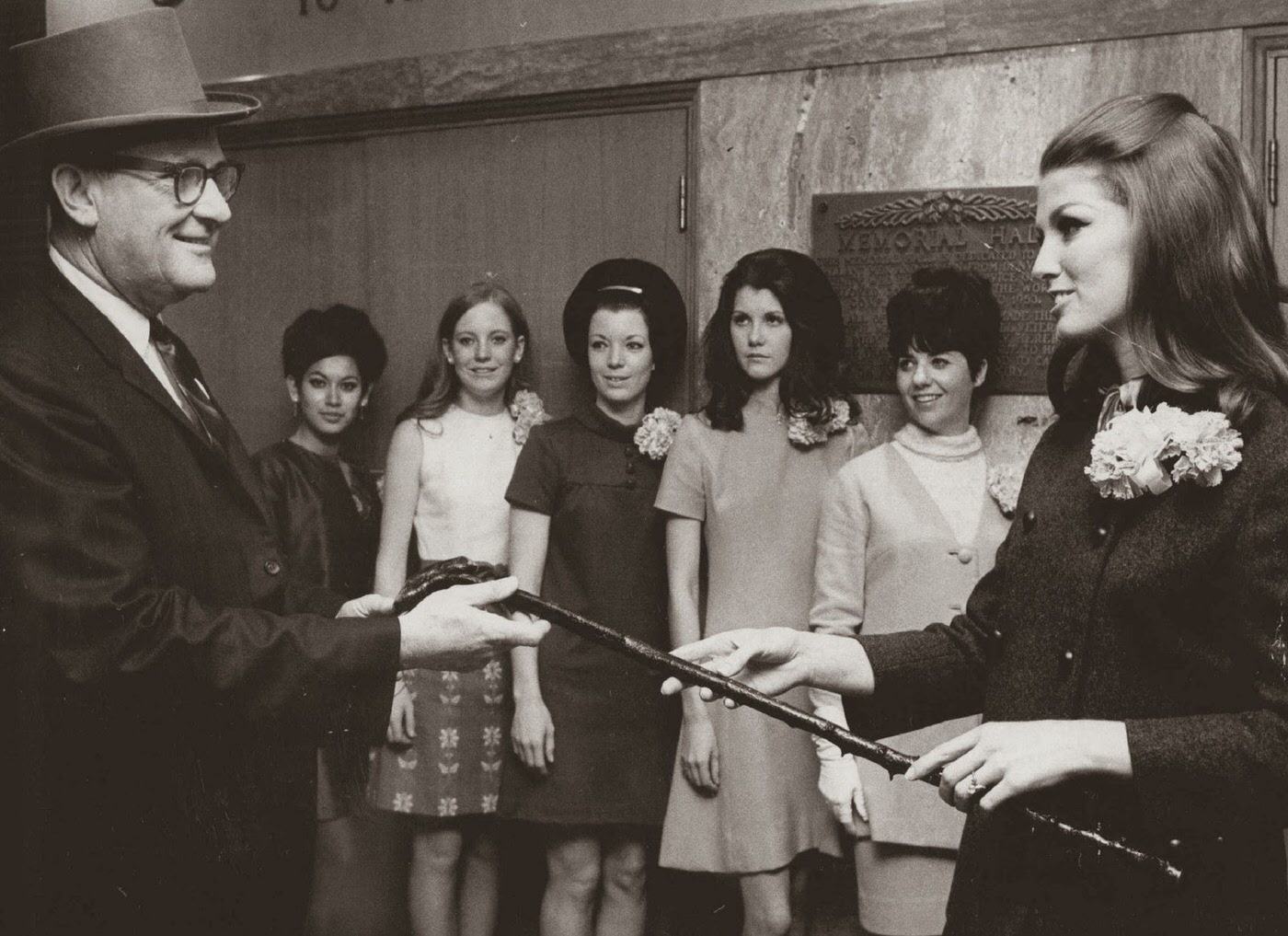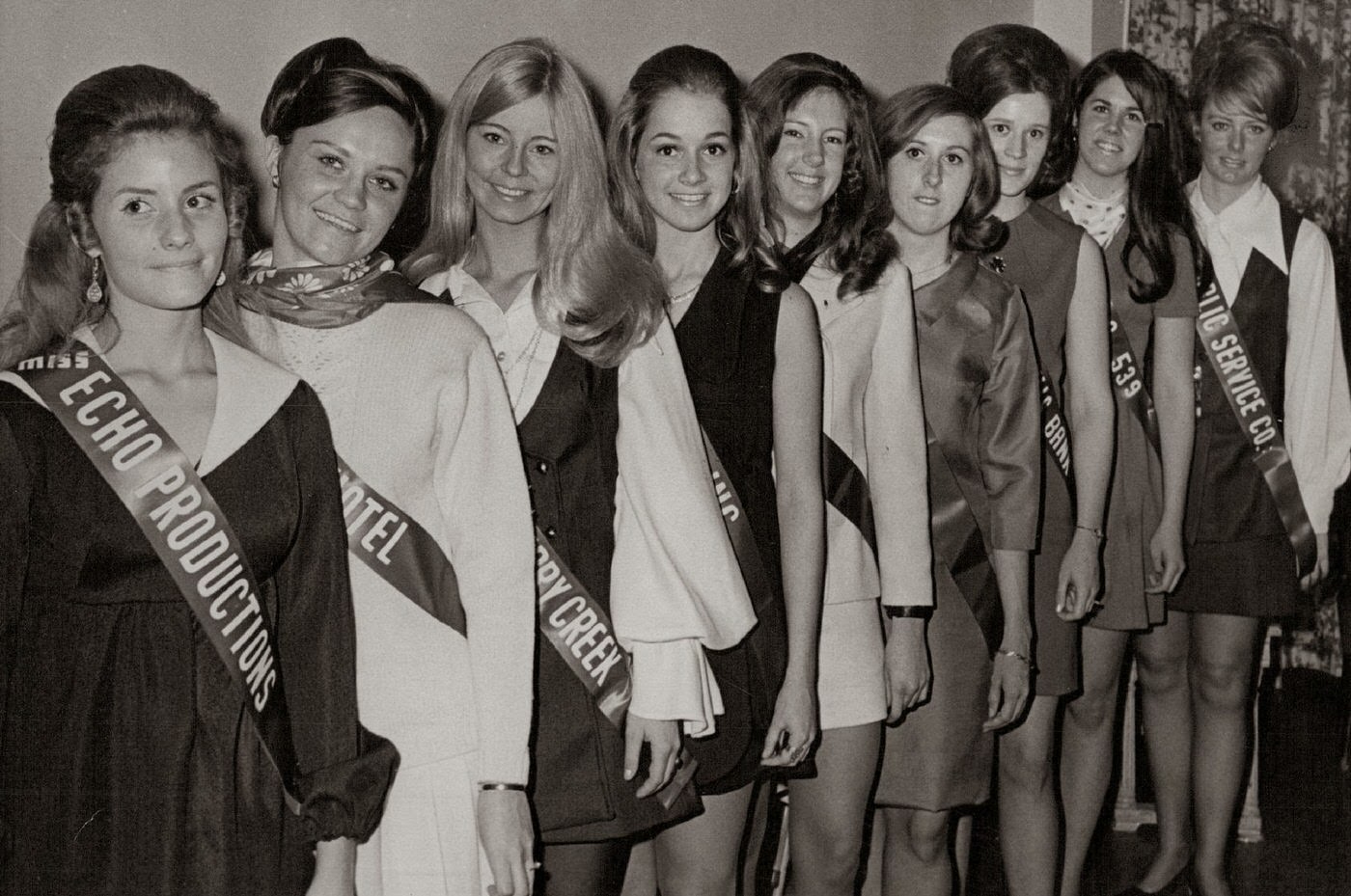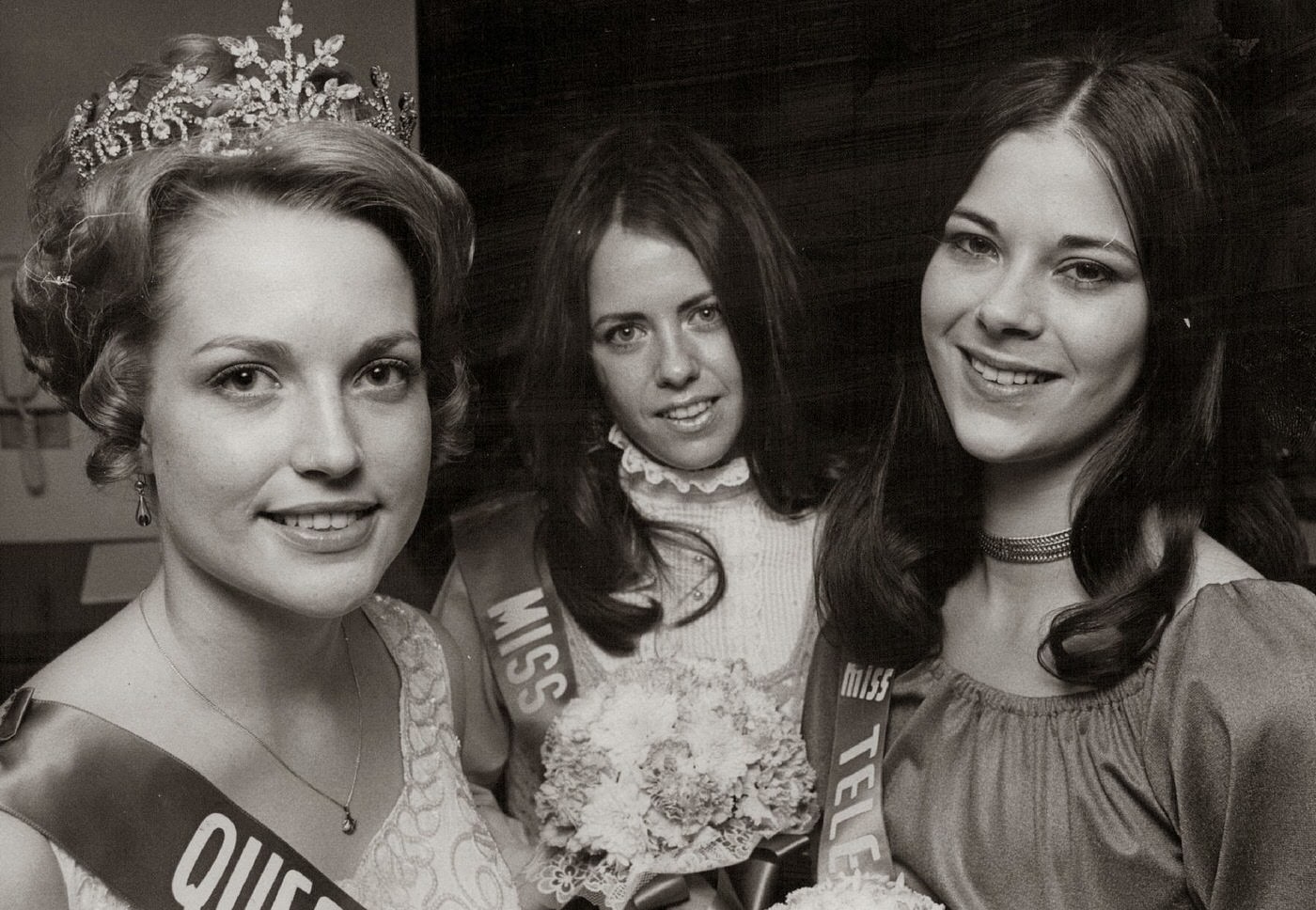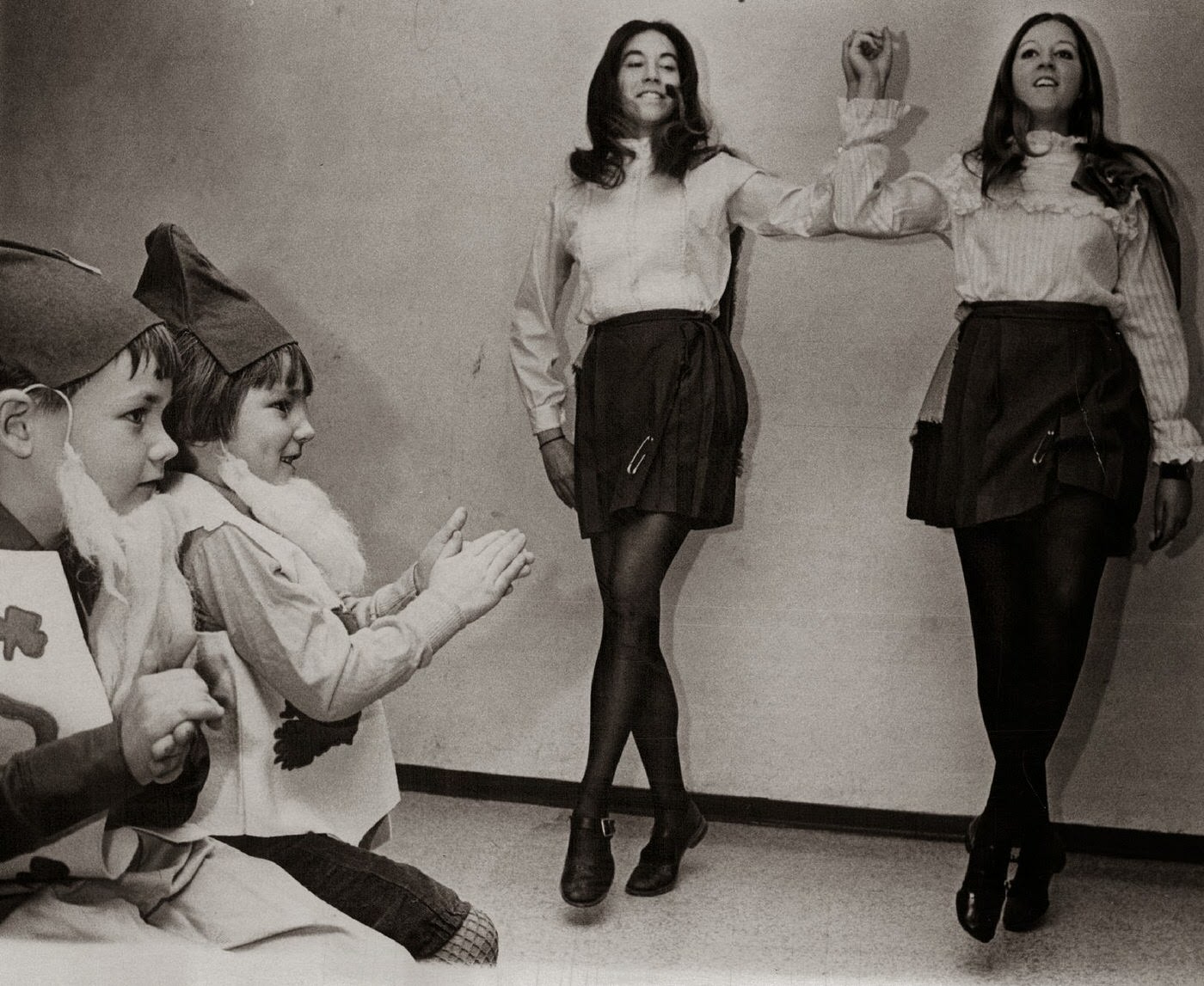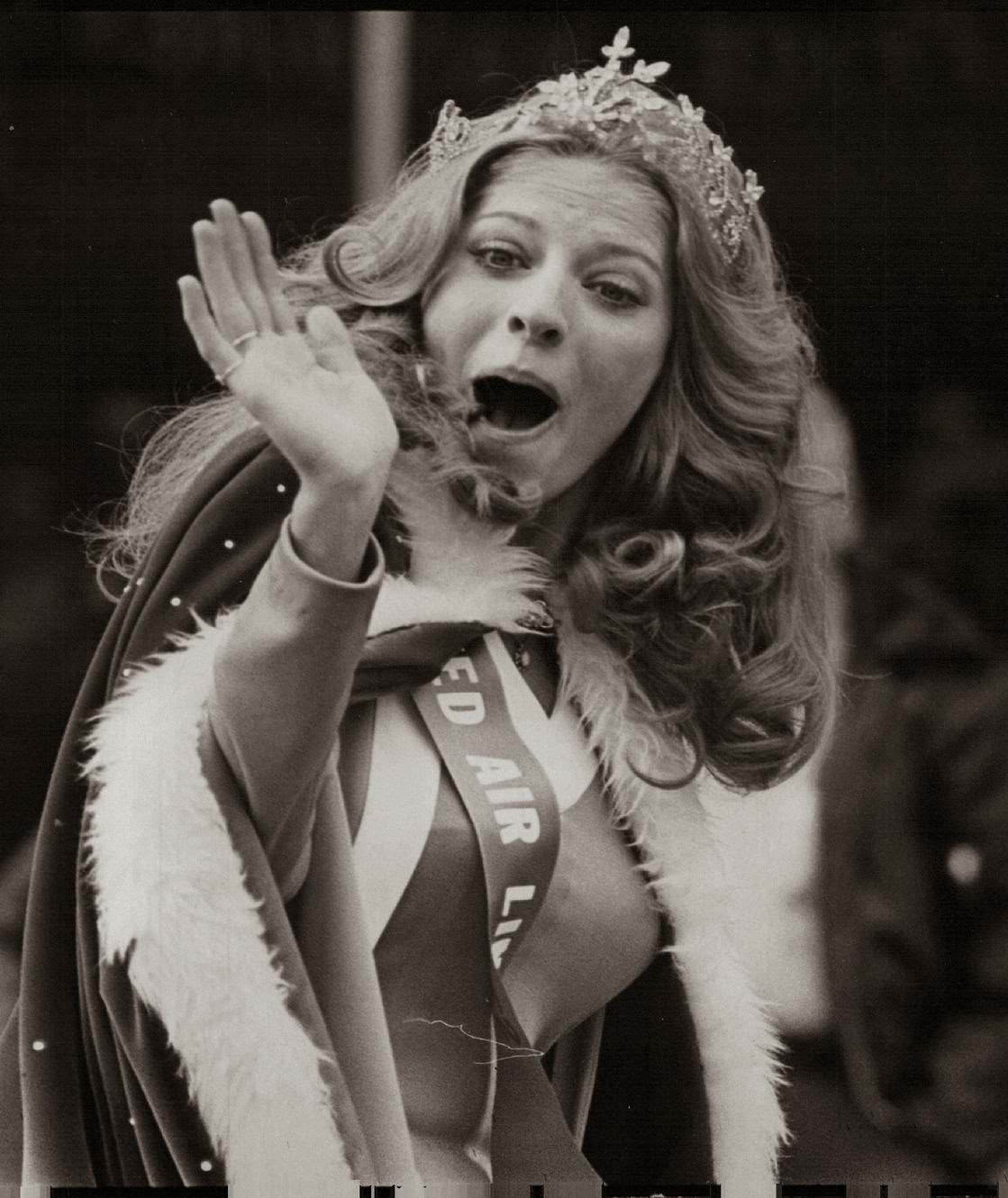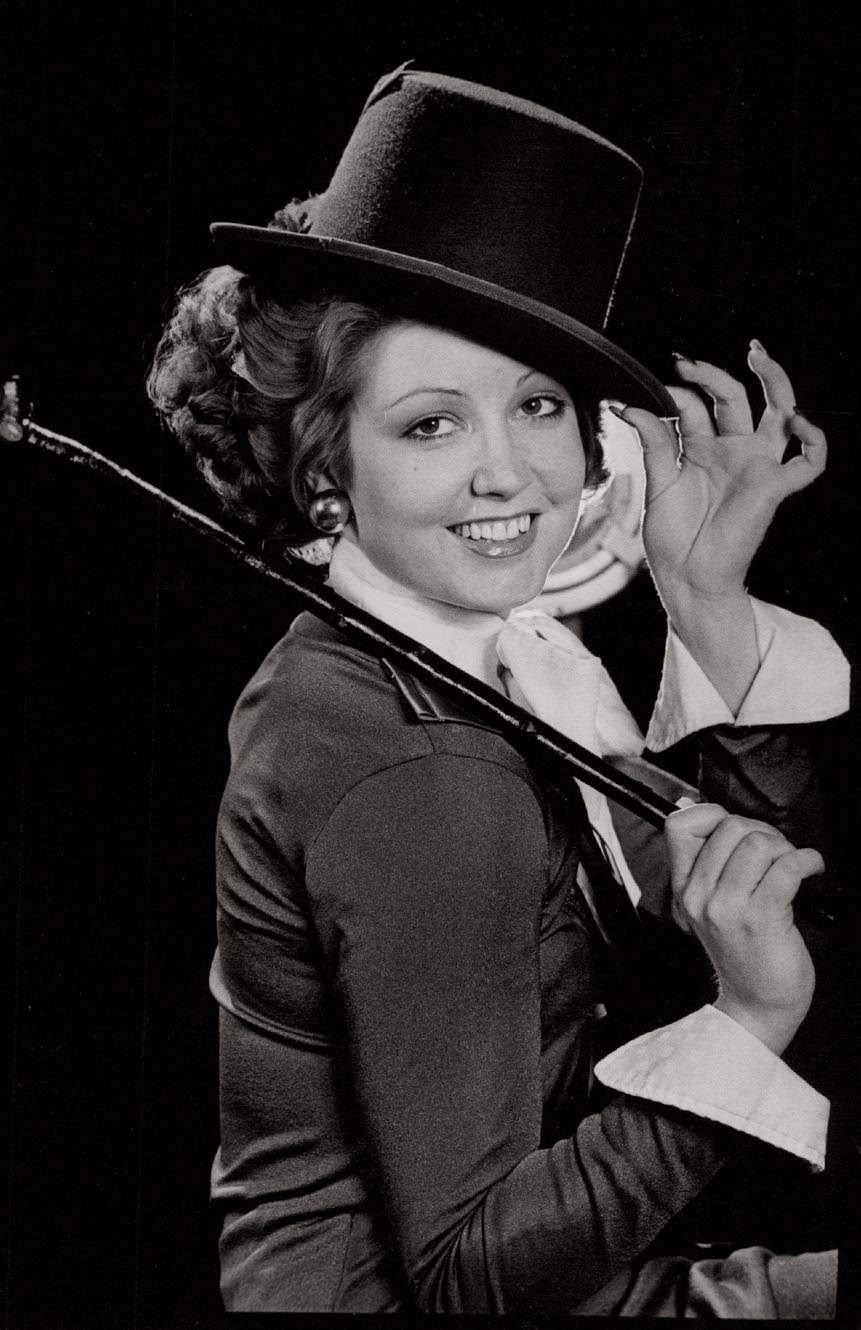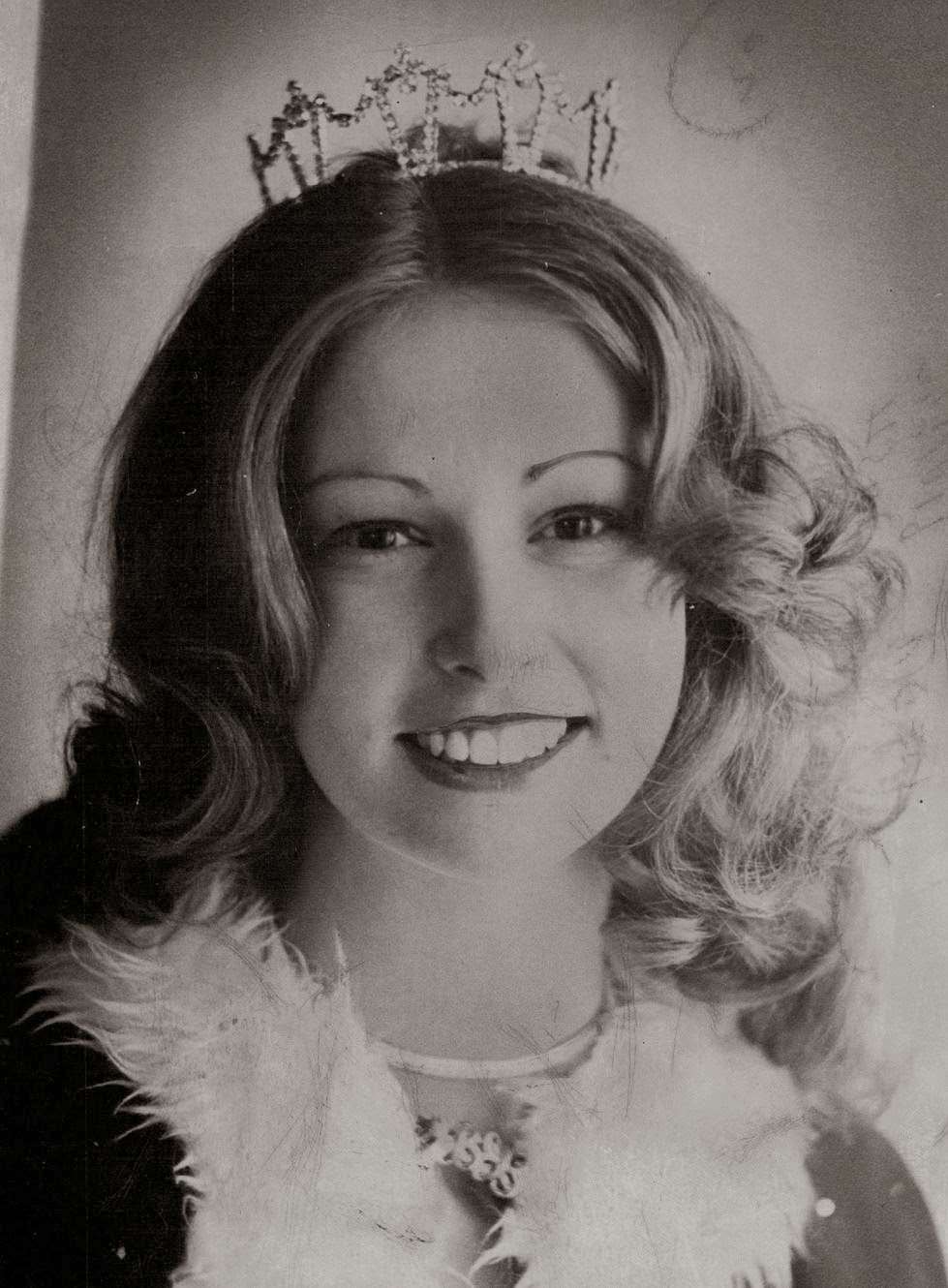In the mid-20th century, St. Patrick’s Day celebrations were grand public affairs, and women played a central and visible role in the festivities. From formal balls to massive city parades, the day was marked by specific traditions, formal attire, and community events where women were often the center of attention.
The St. Patrick’s Day Queen
A major tradition in many American cities with large Irish populations was the crowning of a St. Patrick’s Day Queen. This was a significant honor for a young woman from the local Irish-American community. The selection process was often a formal competition, similar to a beauty pageant, where contestants were judged on their poise, appearance, and connection to their Irish heritage.
Once crowned, the queen became the face of the city’s celebration. Her duties included attending various civic events, luncheons, and dances. The high point of her reign was appearing in a prominent position in the annual St. Patrick’s Day parade. She would typically ride on a specially designed float, wearing a crown and a formal gown, waving to the thousands of spectators who lined the streets.
Read more
Dressing in Green for the Occasion
The tradition of wearing green was observed with a sense of formality and style. For high-society events like the annual St. Patrick’s Day Ball, women wore elegant evening gowns in shades of emerald and kelly green. Princess Grace of Monaco, the former American actress Grace Kelly, was frequently photographed at such events wearing glamorous green ball gowns, embodying a sophisticated and regal approach to the holiday’s fashion.
For the daytime parades, the attire was more varied but still festive. Women would wear green suits, dresses, or coats, often accessorized with matching hats, gloves, and corsages of shamrocks. First Lady Jackie Kennedy was famously photographed attending the St. Patrick’s Day parade in Boston in the early 1960s, dressed in a stylish green coat and pillbox hat, reflecting the polished fashion of the era.
Participation in Parades and Festivities
Women participated in the parades in various capacities. Beyond the parade queen and her court, groups of Irish dancers in traditional costumes would perform along the parade route. Female members of Irish-American civic organizations and schools would march with their respective groups, carrying banners and flags.
For the many women who were spectators, the parade was a major social event. They would line the city’s main avenues, such as New York’s Fifth Avenue, dressed in their festive green attire. The celebrations were a display of community pride, and women were integral to creating the day’s cheerful and formal atmosphere.


